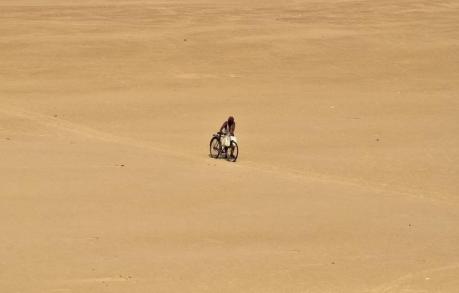
Last year was Earth’s warmest on record, bolstering the argument that people are altering the planet’s climate by relentlessly burning fuels that belch greenhouse gases into the air, two major U.S. government agencies said on Friday (January 16).
Separate studies by the U.S. space agency NASA and the National Oceanic and Atmospheric Administration showed that the 10 warmest years on record have taken place since 1997.
“What was found for 2014 was that 2014 was about 1.4 farenheit warmer than the average temperature of the earth during the 20th century,” says NASA scientist John Tucker, speaking from NASA’s Goddard Space Flight Center in Maryland.
The scientists said the record temperatures were spread around the globe, including most ofEurope stretching into northern Africa, the western United States, far eastern Russia intowestern Alaska, parts of interior South America, parts of eastern and western coastal Australiaand elsewhere.
Scientists have warned of grave consequences this century if global temperatures keep rising as anticipated, including heavily populated coastal regions being swamped by rising ocean levels, more deadly extreme weather events, droughts that may harm food production and others.
“Increasing surface temperatures means rising sea levels. That increases the probability of storm surges and coastal flooding,” says Tucker.
This year representatives of about 200 governments will meet in Paris to try to forge a deal to limit global warming to avoid floods, droughts, heatwaves and rising sea levels blamed on increasing emissions of greenhouse gases, which result from burning of fossil fuels such as coal and oil.
“What we all hope is that all of the observations which we collect will be interpreted by our leaders and they will realize that it’s important to have a constant climate on the planet. This is very important for our civilization and not to perturb it,” Tucker says.
Locations: NASA’S GODDARD SPACE FLIGHT CENTER, MARYLAND/ VARIOUS, CALIFORNIA, USA/ GRAPHICS
Source: NASA/ REUTERS







